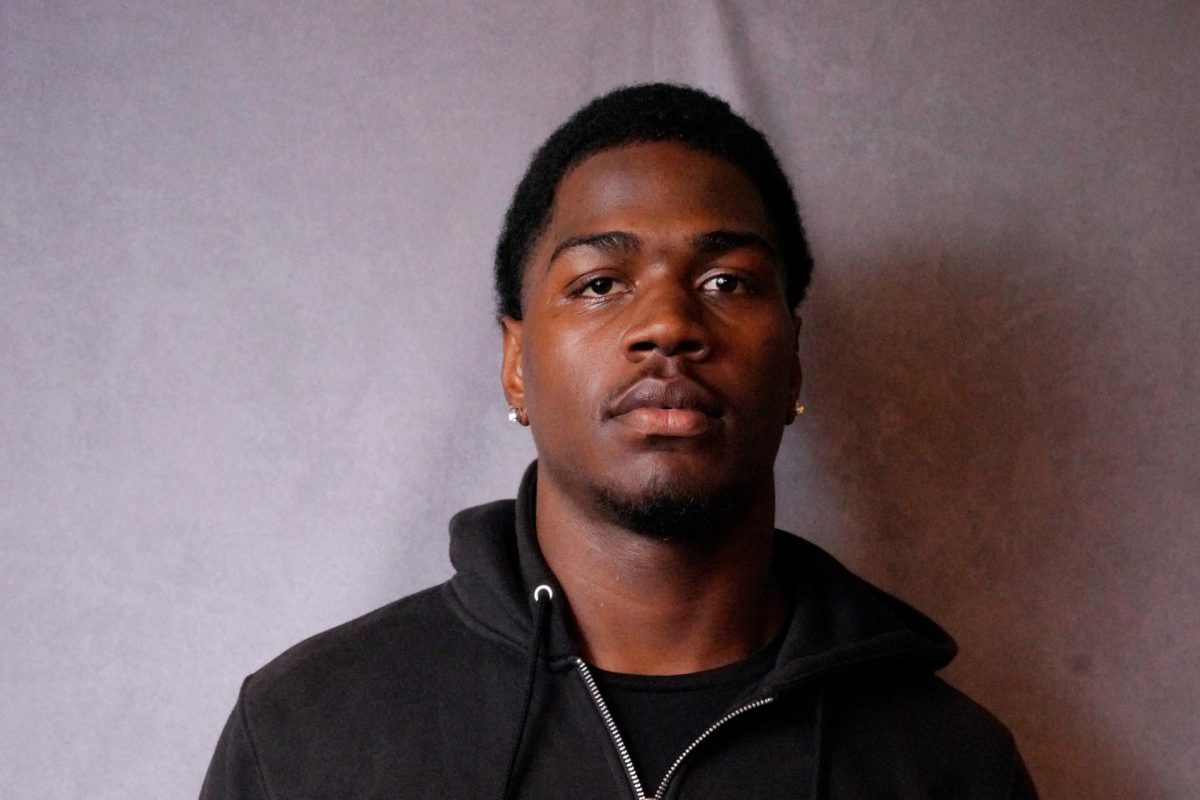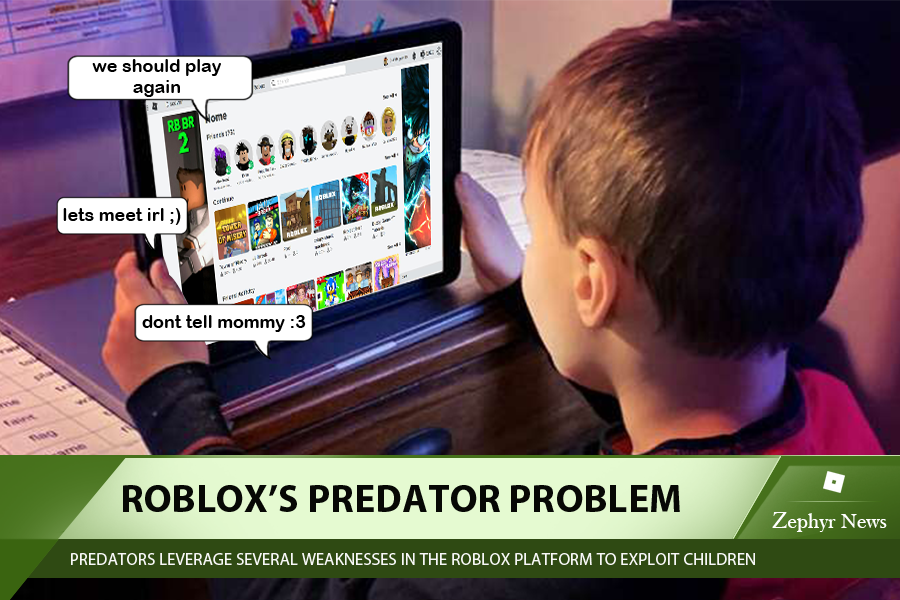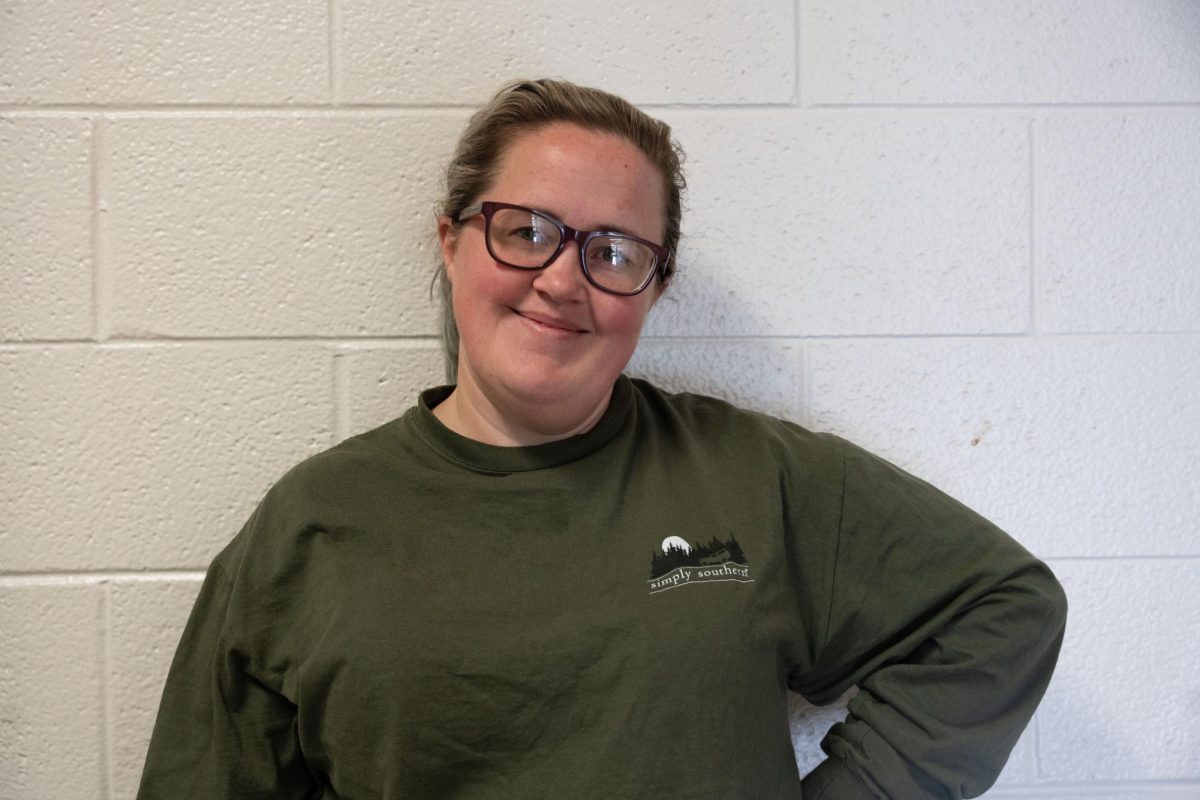Cultures, Not Costumes: Cultural appropriation needs to stop
November 18, 2019
Whether or not you realize it, you have seen cultural appropriation in action. Have you ever seen a white person wearing cornrows? How about someone who isn’t Native American dressing up as an “Indian” for Halloween? Or someone who isn’t Hawaiian dressing as a hula girl? What about sugar skull Halloween decorations at Party City? All of these are examples of cultural appropriation, which is “when somebody adopts aspects of a culture that’s not their own,” as defined by everydayfeminist.com.
A more obvious (and extreme) example of cultural appropriation is blackface. In recent news politicians such as Canadian Prime Minister Justin Trudeau have been exposed to the public as having painted their faces brown or black in order to “look black.” The origin of this extremely racist behavior goes back more than 200 years ago to when white performers committed blackface in order to mock and insult black people. The majority of people know that doing blackface is wrong, but do they understand why? Perhaps not, which may explain why cultural appropriation exists in so many other aspects of our lives today.
Two prime examples of cultural appropriation can be found in decorations and costumes, especially around Halloween. The latter is potentially easier to understand. Say a child dresses up as an “Indian” for Halloween, decked out with feather “hats” and stripes on their faces. This child took aspects of Native American culture and used them to their advantage. Native Americans have been historically oppressed (and still are today), with one of the least extreme examples of their oppression being the trivialization of their culture and the continued use of Native-targeted slurs, such as the name of the NFL’s Washington Redskins, which has its roots in a slur used by white people who scalped Native Americans and showed off their “red skins” to their buddies for proof.
This term is rooted in hate, and yet the NFL continues to profit off of merchandise boasting the team name and mascot (a Native American) while ignoring the protests of Native American tribes and donating just a fraction of their annual profit to Native American tribes ($1.6 million annually, according to the Washington Post, even though 100% of the team’s presentation is derived from Native American culture and the team’s top player makes nearly nine times that amount annually for throwing and catching a football). The issue behind the team’s use of Native Americans’ culture is not just about the profit, though; it is the fact that they are hailed for “being inclusive” while actual Native Americans continue to be oppressed for living out their own culture every day.
Another example of cultural appropriation can be found when people who are not black wear their hair in cornrows. No, it’s not “just a hairstyle”; it’s a traditional African braiding style used throughout history because of its easy maintenance and its protective style, which allows for better hair growth. Today, it is easy to find tourist attractions in the Caribbean where one can get their hair cornrowed, which may seem “trendy” or “accepting,” but the fact of the matter is that while you may be praised for sporting cornrows as a sign of solidarity, black men and women in the United States experience job discrimination during the hiring process and while employed when they wear their hair in cornrows because it “looks unprofessional.” They are oppressed for their culture while other people, especially white people, are complimented for “honoring” the culture without honoring (or even respecting) whose culture it is. It is a classic way of saying, “we like your style, but not you.”
I could go on about the many examples of cultural appropriation that are found in today’s society, but let me cut to the chase: blackface is not the only example of cultural appropriation. If your goal when dressing up as a hula girl for Halloween is to look cool, but you aren’t Hawaiian and don’t know the history, that’s cultural appropriation. If your goal is to “honor the culture,” do yourself (and whose culture it is) a favor and research the topic and find other ways to support that particular community, such as donating to a trustworthy organization that advocates for that community or educating others about the history behind the traditions. That way, you can admire the traditions without stealing them from those who are still fighting to practice them without judgment or mistreatment.
Correcting cultural appropriation when you’ve grown up around it isn’t as easy as pressing a button; it’s a process of educating people who may be stuck in their ways and acknowledging your own privilege. Educate yourself. Speak out when you know something is wrong. In the words of the late Maya Angelou, “Do the best you can until you know better. Then when you know better, do better.”





